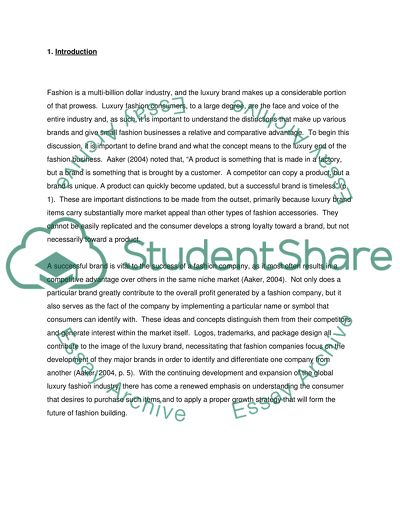Cite this document
(The Majority of Consumers in the Market Segment Dissertation Example | Topics and Well Written Essays - 5000 words, n.d.)
The Majority of Consumers in the Market Segment Dissertation Example | Topics and Well Written Essays - 5000 words. https://studentshare.org/visual-arts-film-studies/1490872-the-majority-of-consumers-in-the-market-segment
The Majority of Consumers in the Market Segment Dissertation Example | Topics and Well Written Essays - 5000 words. https://studentshare.org/visual-arts-film-studies/1490872-the-majority-of-consumers-in-the-market-segment
(The Majority of Consumers in the Market Segment Dissertation Example | Topics and Well Written Essays - 5000 Words)
The Majority of Consumers in the Market Segment Dissertation Example | Topics and Well Written Essays - 5000 Words. https://studentshare.org/visual-arts-film-studies/1490872-the-majority-of-consumers-in-the-market-segment.
The Majority of Consumers in the Market Segment Dissertation Example | Topics and Well Written Essays - 5000 Words. https://studentshare.org/visual-arts-film-studies/1490872-the-majority-of-consumers-in-the-market-segment.
“The Majority of Consumers in the Market Segment Dissertation Example | Topics and Well Written Essays - 5000 Words”. https://studentshare.org/visual-arts-film-studies/1490872-the-majority-of-consumers-in-the-market-segment.


